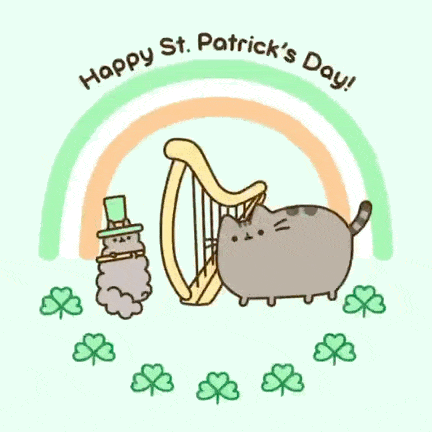
A bit of history
Saint Patrick was a missionary and preacher who was born in Roman Britain in the late 4th century, He was kidnapped at the age of 16 and taken to Ireland as a slave. He escaped, but returned around 432 and was who He introduced Catholicism to Ireland. By the time of his death on 17 March 461, he had established monasteries, churches and schools. Many legends arose about him, such as that he drove snakes out of Ireland and that He used a clover to explain the Holy Trinity in a simple way.
They were the emigrants, especially in the United States, who transformed this day into a holiday celebrating all things Irish. Cities with large numbers of Irish immigrants, who often held political power, organized the most extensive celebrations, including elaborate parades. Boston celebrated its first St. Patrick's Day Parade in 1737, followed by New York in 1762.
Both Irish and non-Irish people often take part in “wearing the green” – wearing a green item of clothing or a shamrock, Ireland’s national plant, on their lapel – even beer is dyed green to celebrate the day.

Interesting facts about Saint Patrick's Day ☘️
- Chicago has dyed its river green every year since 1962.
- The most popular alcoholic drink on St. Patrick's Day is… Guinness
- There are only two countries in the world where St. Patrick's Day is a public holiday: Ireland (including Northern Ireland) and Montserrat (a small island in the Caribbean).
- Until the 1970s, Irish law prohibited the opening of bars on March 17th as a sign of respect for this religious day!!
- More than 600 stadiums, statues, museums and towers light up green on St. Patrick's Day.
- The city of Montreal has one of the oldest and largest parades in North America, having been held since 1824.
- The probability of finding a four-leaf clover is 1 in 10,000.

Have you ever experienced the St. Patrick's Day parade live? Come with us to Dublin living Your experience in Ireland and have the opportunity to experience this festival first hand.

























